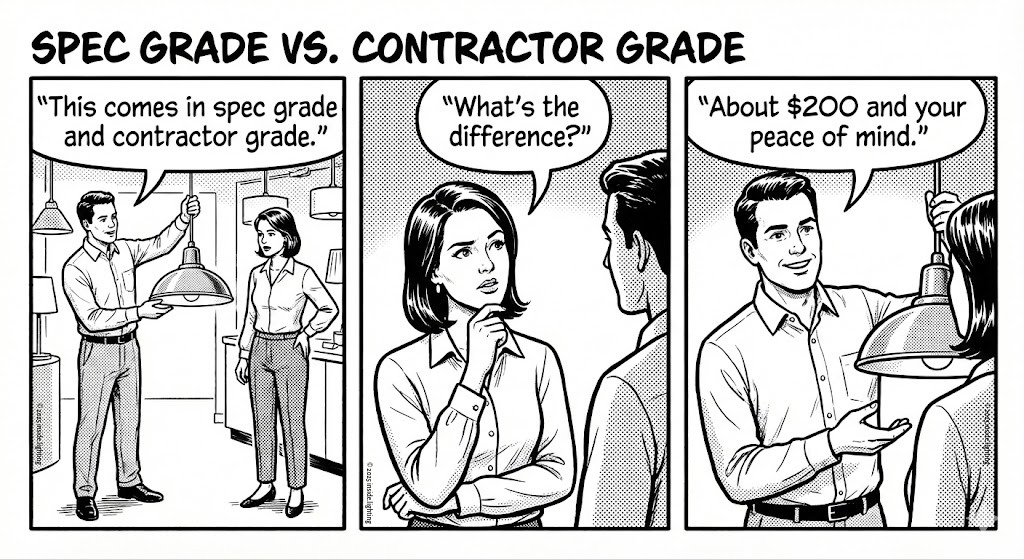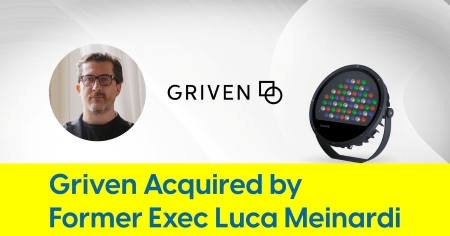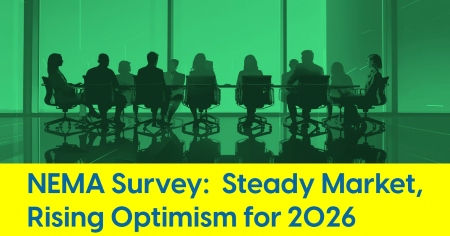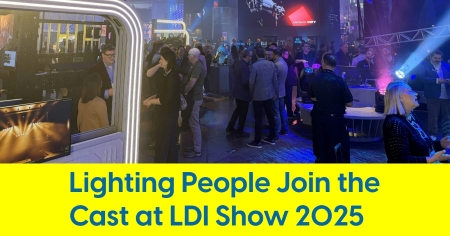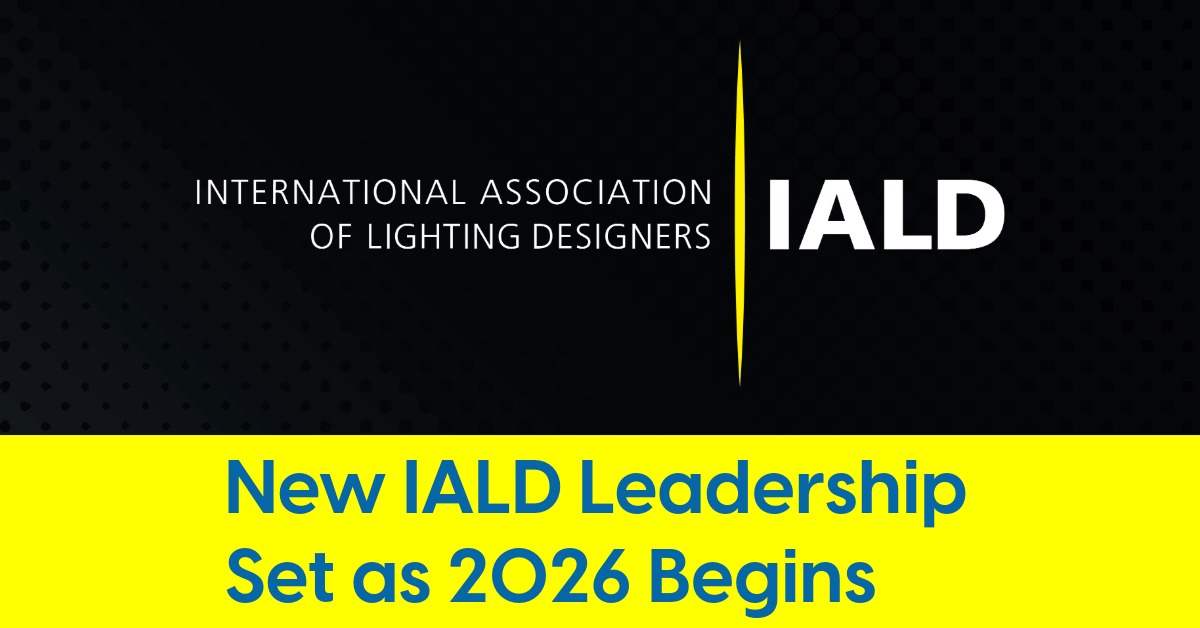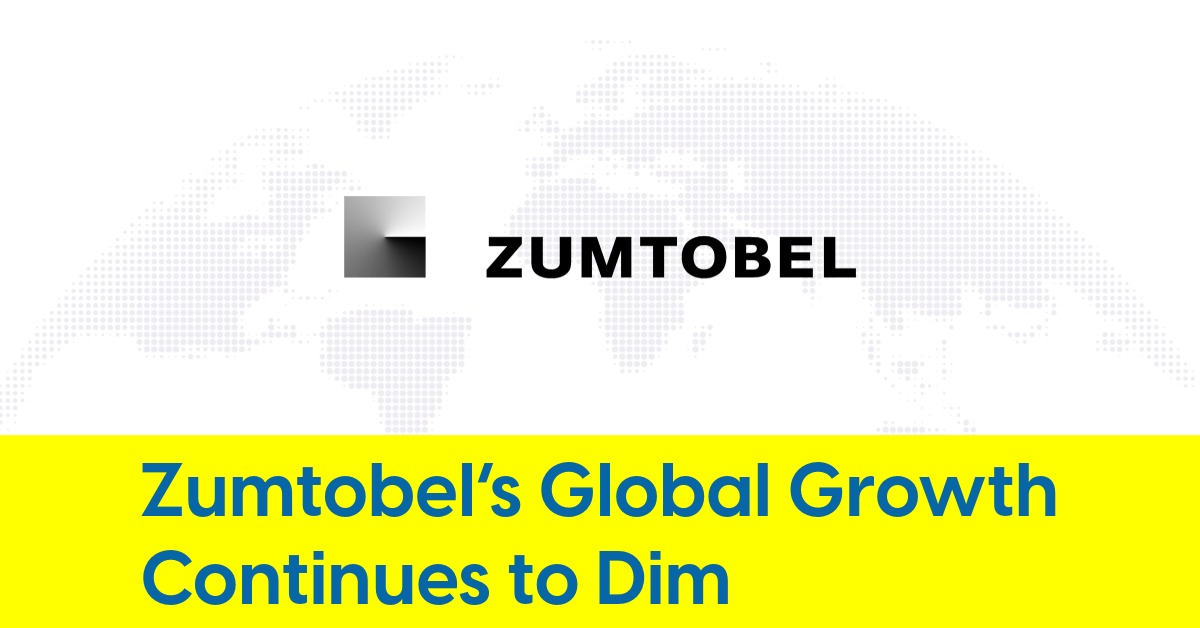April 21, 2025
Breaking Down Barriers in Healthcare Projects

Above (L to R): Sarah Bower, CannonDesign; Leslie North, Aurora Lighting Design, an RBLD Studio; Kyle Hanson, Connexion; Gary Shamasko, Jamerson & Bauwens — Photo Credits: Rob Nosek
Lighting project collaboration that benefits patients, staff — and impresses in satisfaction surveys
In a world flooded with infomercial seminars and product showcases, the Best Practices Roundtable event held April 16 at the Chicago Architecture Center took a different approach. There were no sponsor logos, no fixture pitches and no promotional slide decks. Just a cross-section of professionals who build, light, wire, and design healthcare facilities — sharing hard-earned lessons and calling for something unusual in an industry defined by complexity: actual collaboration.
Healthcare construction may be one of the fastest-growing sectors in the AEC world, but the more compelling question is how it continues to grow smarter. At this event, hosted jointly by Acuity Brands Lighting and KSA Lighting & Controls, growth wasn’t just a metric. It was a challenge to evolve—structurally, operationally and, perhaps most importantly, relationally.
Event organizers, Oliver Maudlin of Acuity and Joel Furmanek of KSA, were instrumental in shaping the evening’s tone — open, honest, and deeply focused on industry-wide improvement. Multiple attendees praised the event for surfacing valuable insights and fostering meaningful cross-discipline dialogue.
Moderated by Inside Lighting’s Al Uszynski, the panel featured four impressive industry professionals:
- Sarah Bower, an electrical engineer with CannonDesign, a national A&E firm with a significant footprint in healthcare architecture.
- Kyle Hanson of Connexion, one of the Midwest’s largest lighting and electrical distributors serving commercial and industrial clients.
- Leslie North founder of Aurora Lighting Design and an award-winning architectural lighting design firm with deep experience in healthcare environments.
- Gary Shamasko from Jamerson & Bauwens, a longstanding electrical contracting firm known for its expertise in large-scale healthcare and institutional work.
Despite their differing vantage points — engineering, contracting, design and distribution — the panelists returned again and again to the same refrain: collaboration isn’t just ideal. It’s mandatory.
Collaboration Without the Friction
This wasn’t the typical multi-stakeholder panel where differing viewpoints turn into debates and turf wars. Instead, it was a candid, sometimes vulnerable exploration of what happens when collaboration is prioritized — and what’s at stake when it isn’t.
Sarah Bower made the case that design documentation needs to be more than accurate — it has to be communicative across all stakeholders. For healthcare projects, that includes critical product-level detail like driver compatibility and control sequences. Gary Shamasko added the contractor’s perspective, describing how his team builds with an eye on future serviceability, not just initial completion. For his firm, documenting systems clearly for future maintenance is part of delivering a healthcare facility that works beyond ribbon cutting.
Lighting Systems and the Problem of Permanence
When the discussion further explored maintenance and longevity, the panel offered realism over reassurance. There were no easy answers, as Leslie North plainly noted: “This continues to be a challenge” for healthcare projects and lighting projects in general.
The group reflected on what has changed. Kyle Hanson’s disclosure that far fewer replacement lamps, drivers and ballasts are being sold than in the fluorescent era, seemed to point to two possibilities: LED technology is simply requiring less maintenance, or the industry is increasingly replacing full fixtures when failures occur. Likely, it’s both.
In addition to system durability, all four panelists expressed concern about the impact of tariffs on lighting and electrical components — citing cost volatility and longer lead times as factors potentially complicating both the design process and construction schedules.
All panelists acknowledged that ease of replacement has become a key factor. That means fewer complex integrated fixtures, fewer mud-in installs, and more accessible, field-friendly luminaires. These preferences aren't aesthetic — they’re survival strategies in a world where healthcare spaces must operate continuously and without surprise downtime.

Designing for People, Not Just Compliance
The lighting of hospitals and clinics isn’t just about visibility — it’s about human outcomes. Patient experience surveys, Gary Shamasko reminded the room, influence reimbursement and public rankings. That means lighting decisions don’t just affect the people installing the systems — they can shape how institutions are funded and perceived.
As North and Bower discussed, wellness lighting practices tied to circadian rhythms — once a speculative add-on — are increasingly requested. Designing with staff and patients in mind is a necessity. Controls must be intuitive, flexible, and resilient. Documentation of control sequences, Bower emphasized, ensures the installed system reflects the design intent and actually supports the occupants of the space.
One theme rose above all others: the critical importance of documentation. Not just in initial specs, but through construction, commissioning, and maintenance. Without it, everyone — from the installation crew to the facility team — faces a guessing game.
Cocktails, Complexity and Karaoke Confessions
The evening began with a mixer and cocktail hour, and while healthcare construction might not sound like fodder for levity, a speed round proved otherwise. Panelists were asked to pick between hard choices like “Design for patients or staff?” and “Easy clients who pay late vs. difficult clients who pay on time.” In a moment of surprise, some panelists shared their outside-of-work talents — knitting, crocheting and karaoke included.
The audience, which included architects, engineers, designers, contractors, and distributors from across the Chicagoland area, was asked to sum up healthcare construction in a single word. The most popular response? “Expensive.” Close behind were “complex” and “overly complex.”
But for all the complexity, the response to the event was very positive. Karen Lang of Bryght Group shared: “Great event... We learned a lot and are still talking about so many of the ideas that were discussed.”
Looking Ahead
No grand solution emerged from the panel — only practical wisdom and a shared understanding that real collaboration remains elusive but essential. Healthcare construction isn’t forgiving. Systems must work for decades. Spaces must heal. And the people tasked with creating these environments are often separated by contracts, budgets, and timelines.
But if this event proved anything, it’s that when you remove the logos and the sales pitches and just let professionals speak plainly, something valuable happens. Trust starts to form. Assumptions get questioned. And sometimes, just sometimes, you discover that the person across the table wants the same thing you do: to build something that works.

